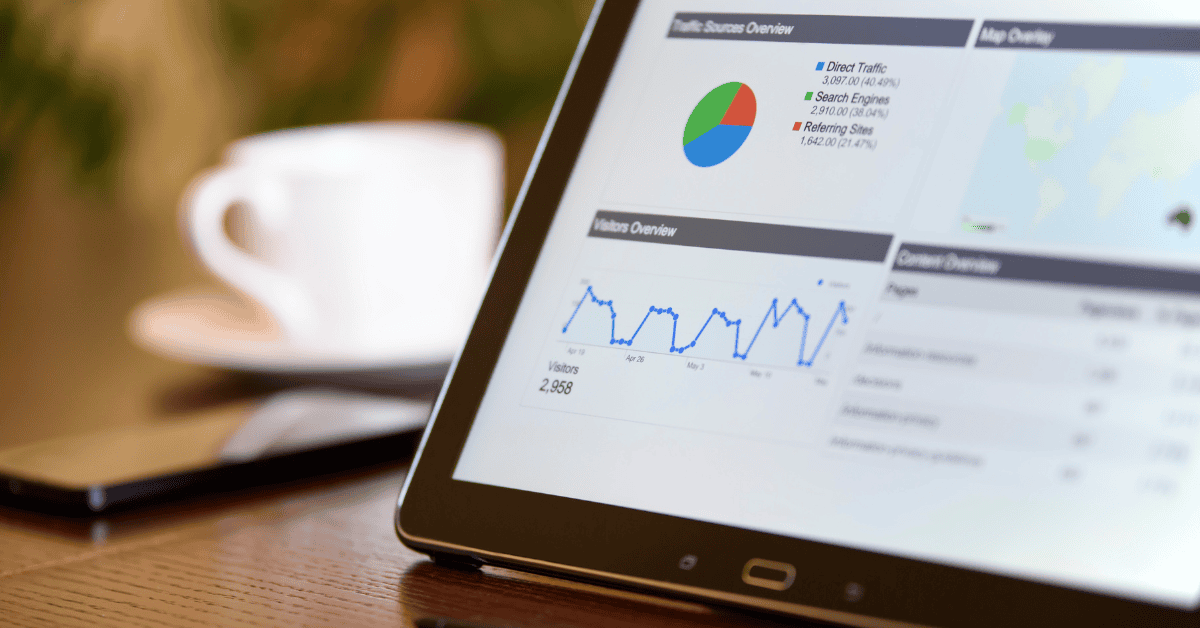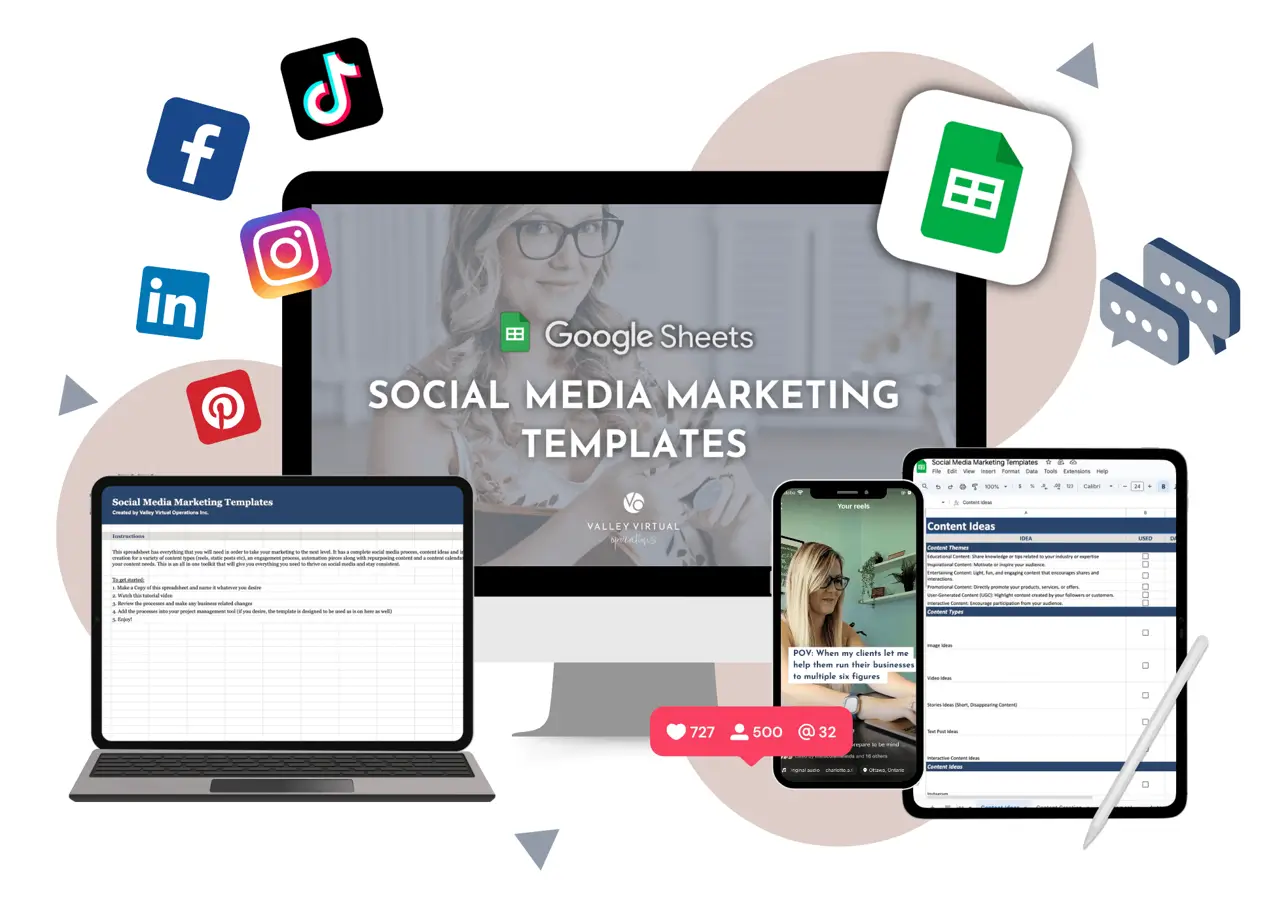When was the last time you checked on the health of your business? Do you know if your sales funnel is working, converting leads into clients? How about your latest social media posts? How many people have interacted with it, and on which platform?
Thankfully, tracking your data will answer all these questions and more. See, our data is the overview of our business- it shows the growth patterns, identifies weak spots, and can help us make fact-based decisions that grow our business.
That’s why we need to track and check them routinely- and I know just how to do it.
Google Analytics
If you have a website, then you need Google Analytics. It tracks how people find and use your site, and you can use that information to improve customer journeys, increase traffic and lead generation, check monetization, strengthen your funnels, and more.
For example, if you check your analytics and find that most of your views and engagement are coming from Instagram, you can use that information to strategize a new campaign and shift your focus to where the traffic is.
Easy!
Other benefits of Google Analytics include custom definitions, tag management, automated insights, real-time reporting, and more.
Oh, and did I mention that it’s completely FREE?
You can also use Google ads to generate data, but that won’t be nearly as efficient as their analytics.
It’s the perfect tool for giving your customers an experience they’ll never forget. And- with the affordable price and plethora of features- it’s one you can’t miss.
Social Media Analytics
If you use social media (and, let’s be honest, what business doesn’t?), then you’ll want to keep track of your social media data.
Most platforms will have a built-in analytic tracker, so finding the numbers is often as easy as logging in and clicking the right tab.
Take Instagram, for example. All you have to do is log in to a business or creator account, tap the “insight actions” button, and pick a post. Voila- data at your fingertips. You can now see how many people have viewed, liked, shared, commented, and followed you off any of your posts. That, in turn, will give you a better picture of what your audience likes, paving the way for more successful posts in the future.
Facebook, LinkedIn, Twitter, TikTok, and other heavily populated platforms should have something similar in their arsenal, but you may need an upgraded account to access it. Still, if you’re serious about making social media a permanent feature of your business, an upgraded account could be worth it.
Then, you’ll have all the data you need to plan campaigns, schedule posts, and narrow down your social media outlets to the ones that work.
On the other hand, if you’d rather have all your social media analytics in one place, Metricool is the way to go.
Metricool is a social media management tool that gathers data, offers analytics and insights, and can help you do everything you need to keep your social media running smoothly.
Email Analytics
Since email is still the number one way to communicate with a business, you mustn’t forget to check the data.
For example, if someone is going through an email sequence, focus on the open rates, click-through rates, and where they stop or unsubscribe.
The best way to track this data is through an email marketing platform like ConvertKit. Then, you can check everything from open rates to the number of emails that bounce- and more.
Thankfully, emails aren’t as strict as other forms of communication, and getting a 30% open rate or more is considered good. The click-through rate is a little trickier since it varies between businesses and how large your list is. In my opinion, anything over 1% is a good CTR.
Final Thoughts
Tracking your data is the perfect way to get an overview of your business, dig into its base structure, and use cold-hard facts to keep it moving in the right direction. Plus, most (if not all) of these data trackers take less than 20 minutes to set up and will do most of the heavy lifting for you- all you have to do is check in and watch your business grow.







